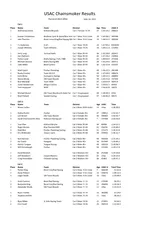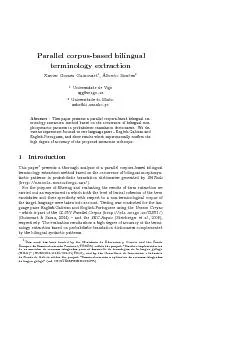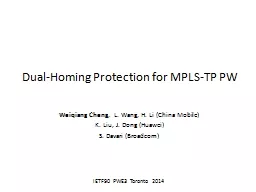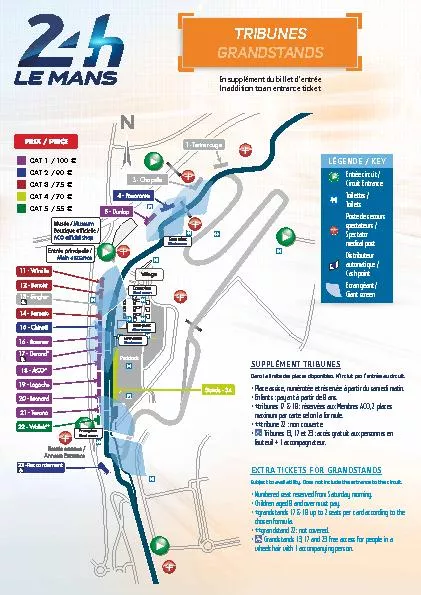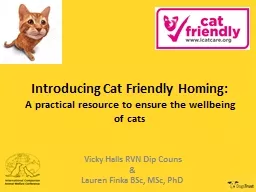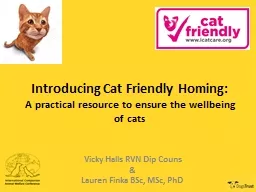PPT-Streamlining your cat homing and the “Million Cat Challenge”.
Author : yoshiko-marsland | Published Date : 2018-11-15
Bio Working in animal welfare since 1989 Registered Veterinary Nurse Former Animal Welfare Inspector CP Neutering Manager 20082012 International Cat Care Head of
Presentation Embed Code
Download Presentation
Download Presentation The PPT/PDF document "Streamlining your cat homing and the “..." is the property of its rightful owner. Permission is granted to download and print the materials on this website for personal, non-commercial use only, and to display it on your personal computer provided you do not modify the materials and that you retain all copyright notices contained in the materials. By downloading content from our website, you accept the terms of this agreement.
Streamlining your cat homing and the “Million Cat Challenge”.: Transcript
Download Rules Of Document
"Streamlining your cat homing and the “Million Cat Challenge”."The content belongs to its owner. You may download and print it for personal use, without modification, and keep all copyright notices. By downloading, you agree to these terms.
Related Documents


